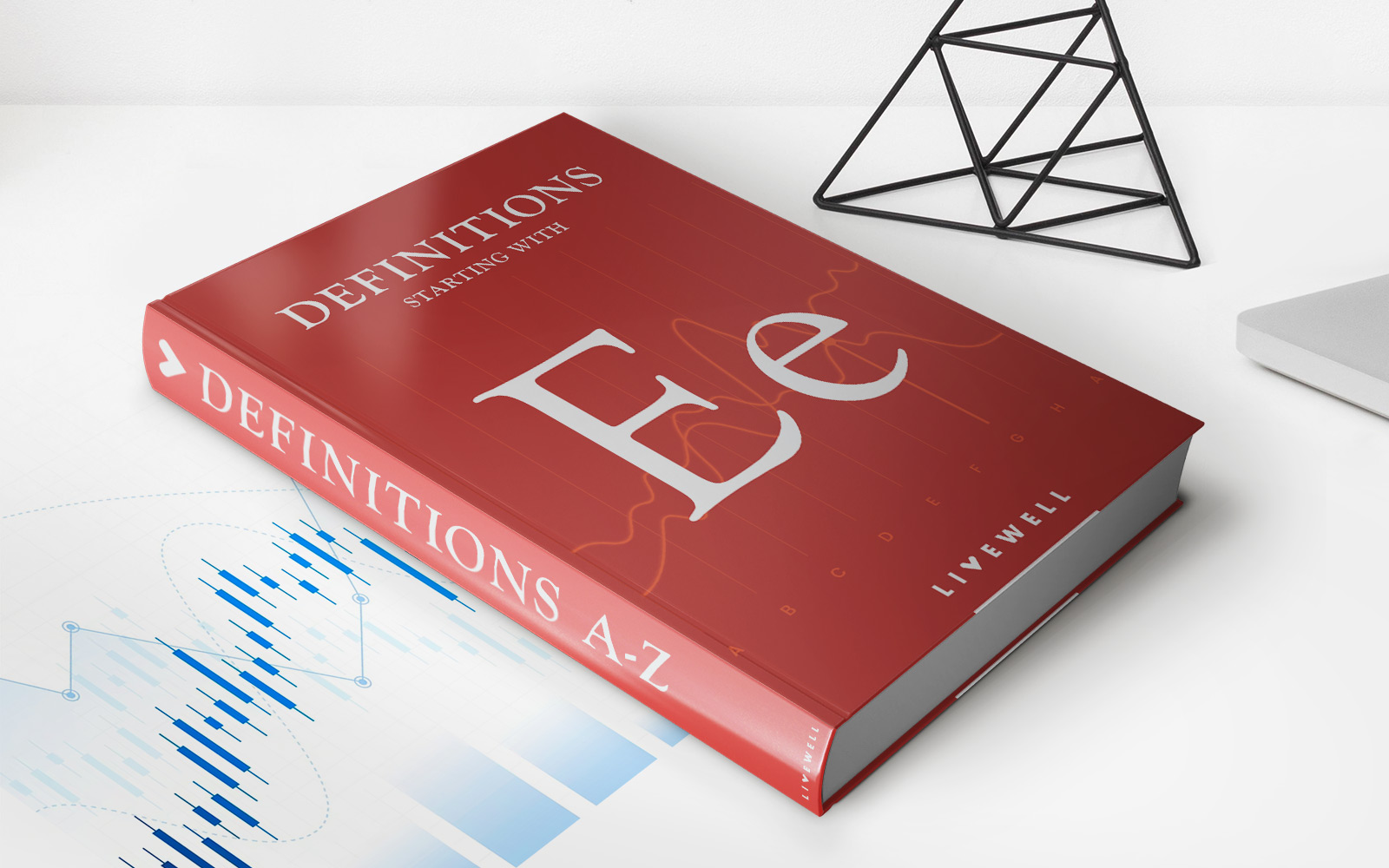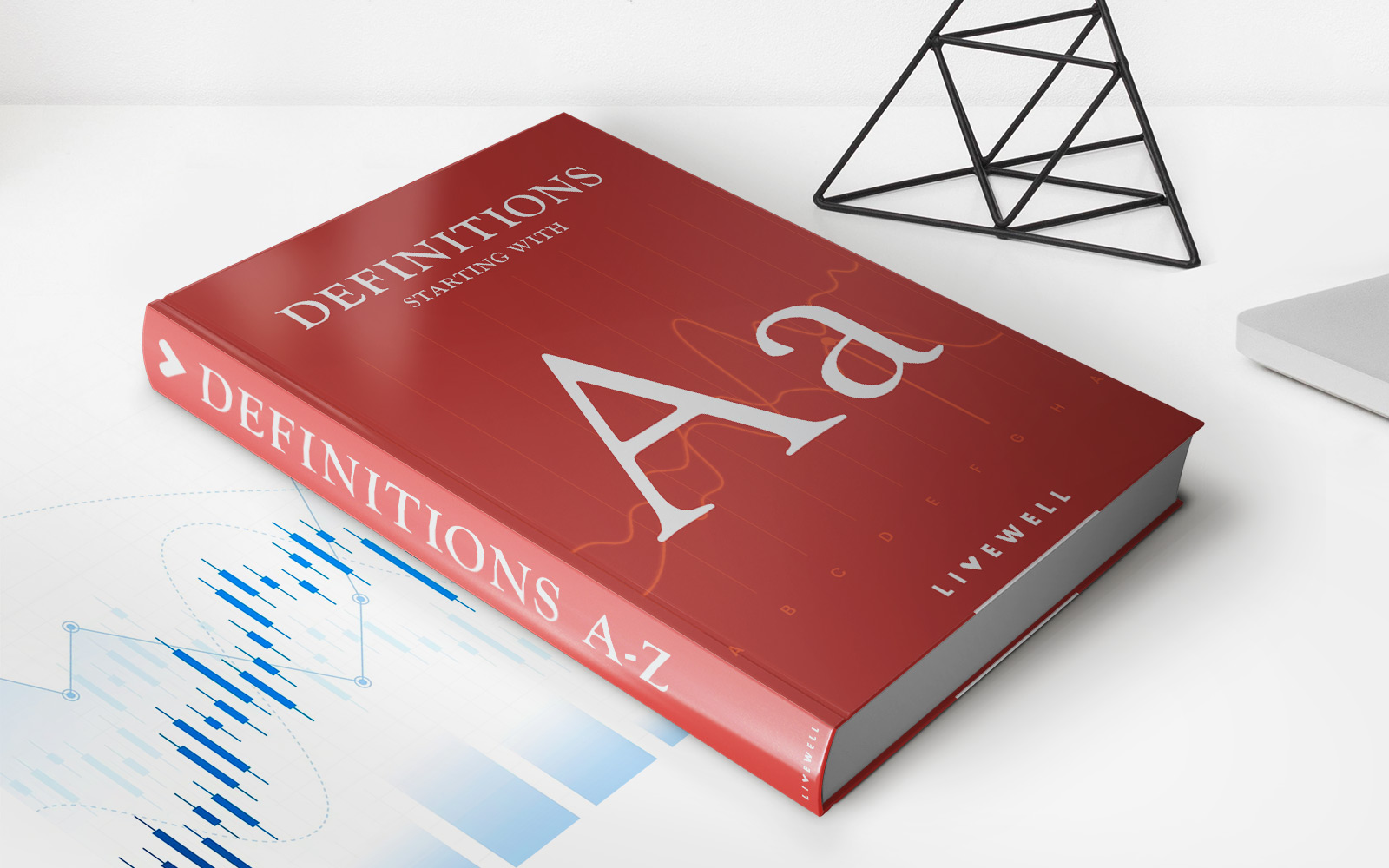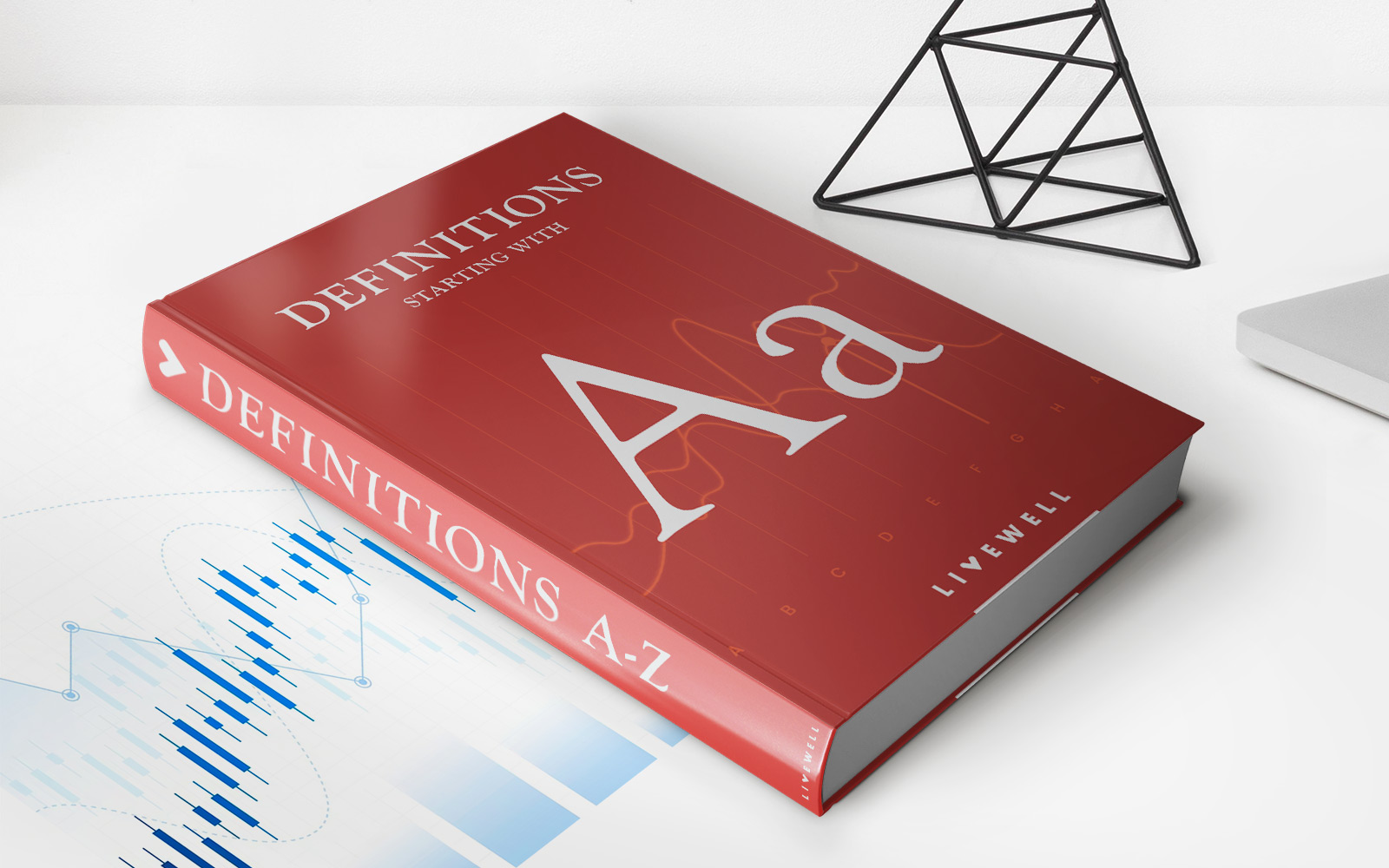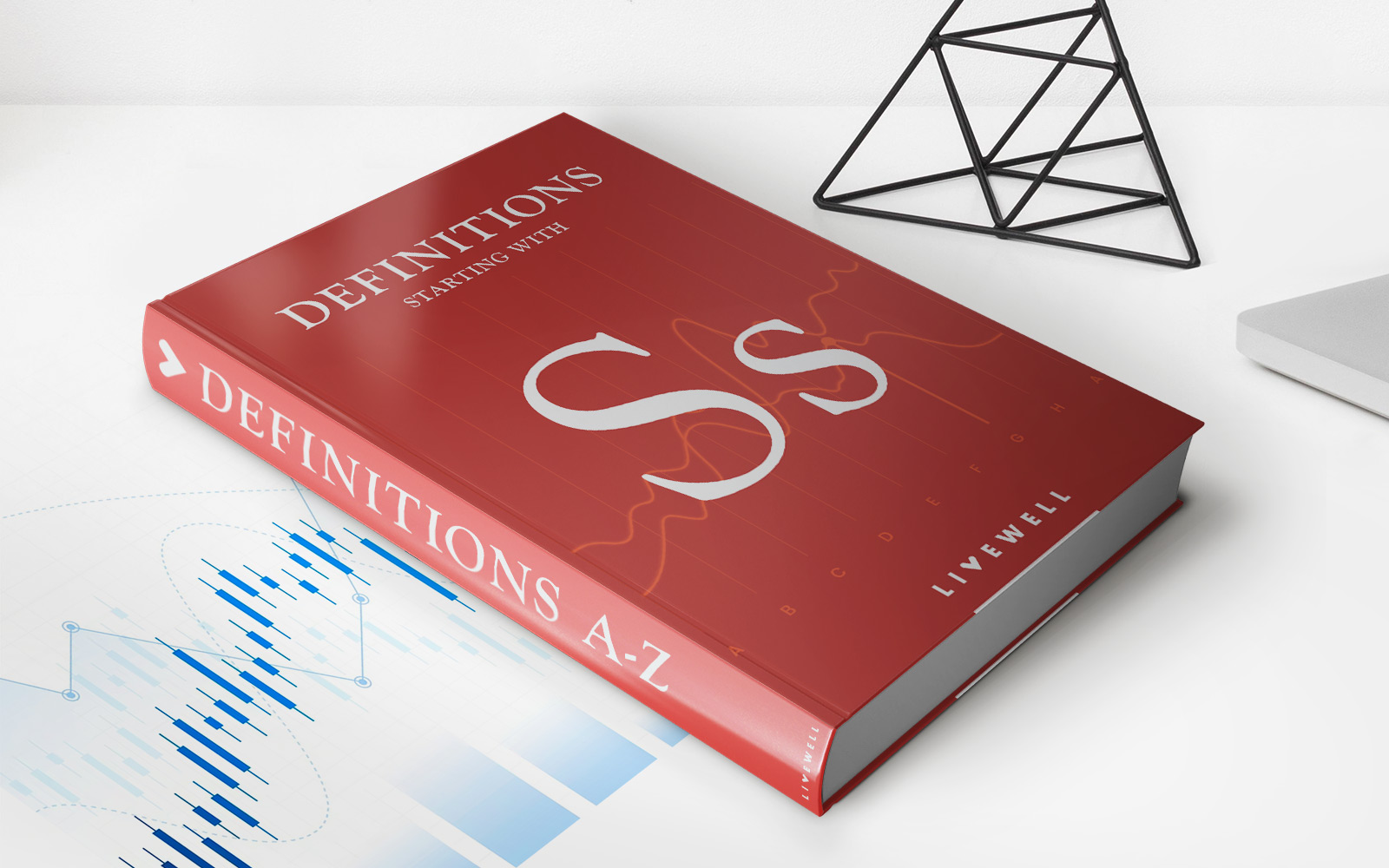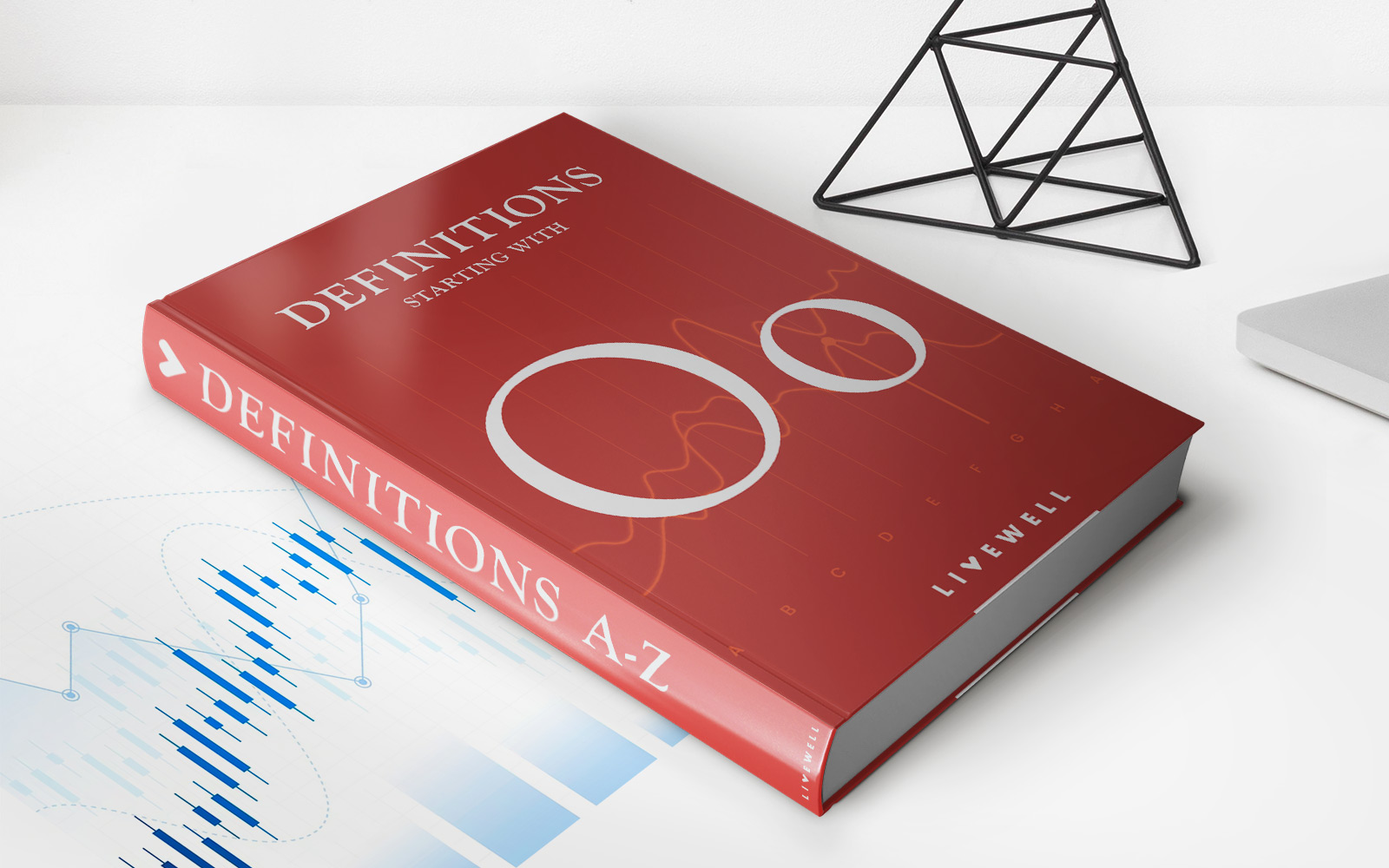Home>Finance>Expense Ratio: Definition, Formula, Components, Example

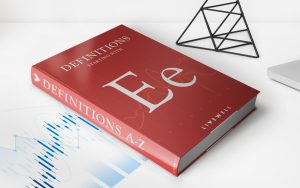
Finance
Expense Ratio: Definition, Formula, Components, Example
Published: November 21, 2023
Learn the definition, formula, and components of expense ratio in finance. Explore an example to understand how it is calculated.
(Many of the links in this article redirect to a specific reviewed product. Your purchase of these products through affiliate links helps to generate commission for LiveWell, at no extra cost. Learn more)
Understanding Expense Ratio: Definition, Formula, Components, Example
When it comes to investing, understanding the concept of expense ratio is essential. Whether you are a seasoned investor or just starting, expense ratio plays a crucial role in evaluating the cost associated with a particular investment. In this blog post, we will explore the definition of expense ratio, its formula, components, and provide an example to help you grasp its significance in the world of finance.
Key Takeaways:
- Expense ratio is the percentage of a mutual fund’s assets that are used to cover the fund’s operating costs.
- A lower expense ratio is generally considered favorable for investors as it can maximize their returns.
Now, let’s delve deeper into understanding expense ratio and its components:
Definition of Expense Ratio
Expense ratio, also known as the management expense ratio (MER), is a measure of the costs associated with managing and operating a mutual fund. It represents the annual fee that investors pay to the fund company to cover various expenses like administrative fees, management fees, marketing costs, and other operational expenses.
Formula for Calculating Expense Ratio
The formula for calculating expense ratio is relatively straightforward:
Expense Ratio = (Total Fund Expenses / Average Net Assets) x 100
The total fund expenses include all the costs incurred by the mutual fund in a given year. The average net assets refer to the average value of the mutual fund’s assets under management during the same period.
Components of Expense Ratio
The expense ratio consists of various components that contribute to the overall cost of managing a mutual fund:
- Management Fees: These fees are paid to the fund management company for overseeing the day-to-day operations of the fund and making investment decisions.
- Administrative Expenses: This includes expenses related to record-keeping, legal compliance, custodial services, and other administrative costs.
- Marketing and Distribution Costs: These expenses cover advertising, promotion, and distribution of the mutual fund to attract investors.
- Other Operational Expenses: These include miscellaneous expenses such as audit fees, printing and mailing costs, and shareholder communication expenses.
Example of Expense Ratio Calculation
Let’s consider a hypothetical mutual fund with total expenses of $50,000 and average net assets of $2,000,000 for a given year:
Expense Ratio = ($50,000 / $2,000,000) x 100 = 2.5%
This means that the expense ratio of the mutual fund is 2.5% for that particular year.
Why Expense Ratio Matters
The expense ratio is an essential factor to consider when choosing between different investment options. Here’s why it matters:
- Impact on Returns: A higher expense ratio can eat into the returns of the fund and potentially reduce your overall gains. Conversely, a lower expense ratio can help maximize your investment returns.
- Comparing Funds: Expense ratio allows you to compare the costs associated with different mutual funds and make an informed decision based on your investment objectives.
- Long-term Impact: Over time, even a small difference in expense ratio can have a significant impact on your investment portfolio.
By understanding the concept of expense ratio and its components, you can make more informed investment decisions and optimize your returns in the long run.
Remember, always consider expense ratio alongside other factors such as fund performance, risk, and your individual investment goals before making any investment decisions.

